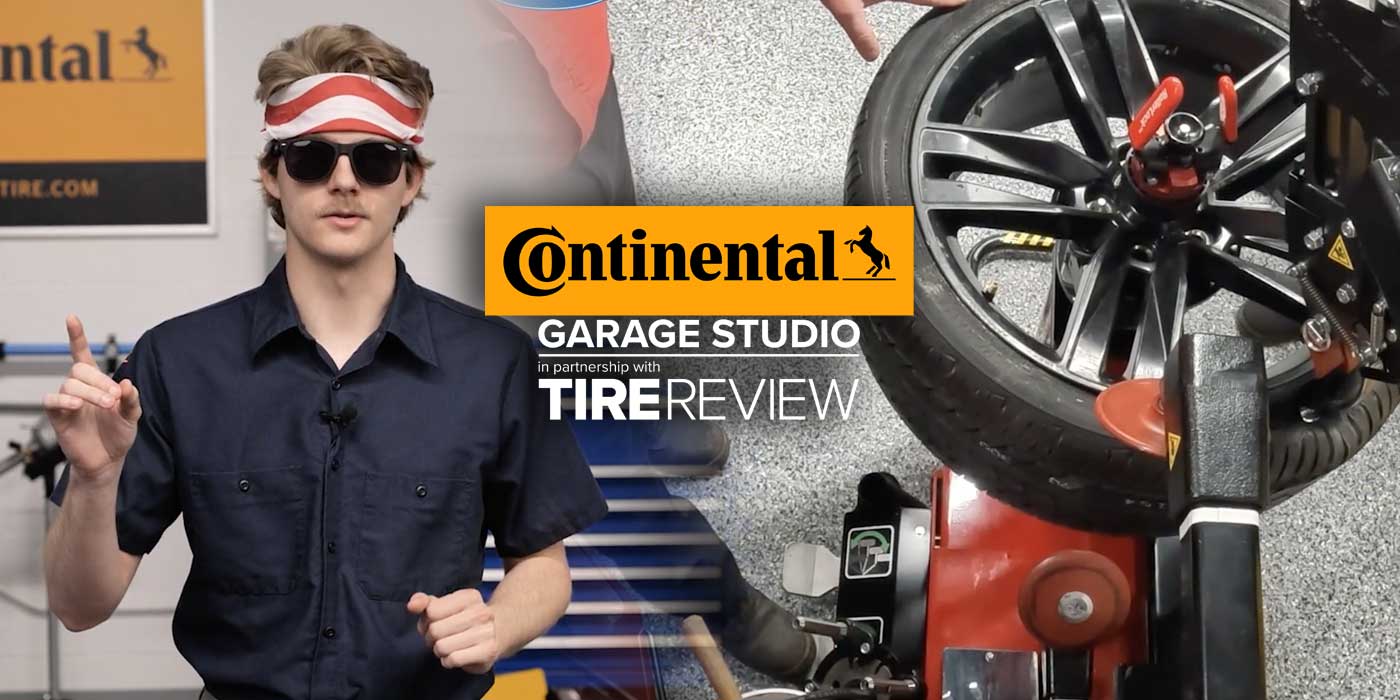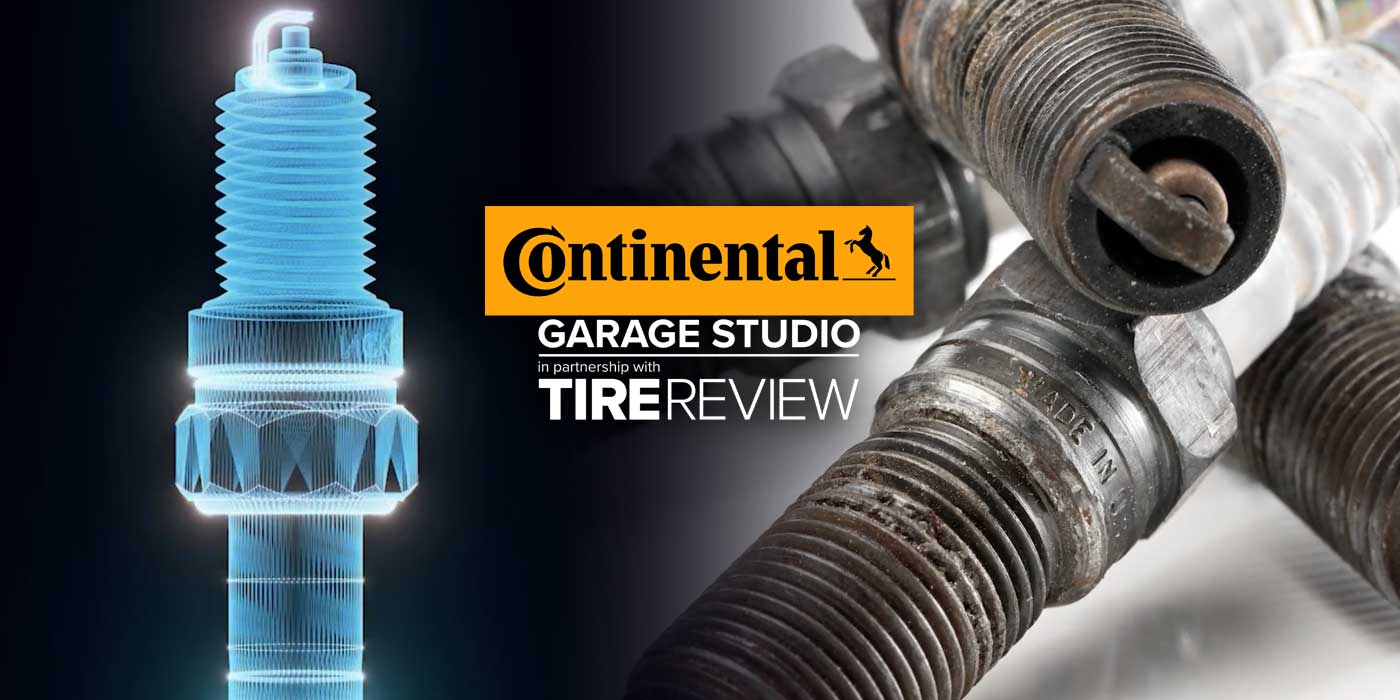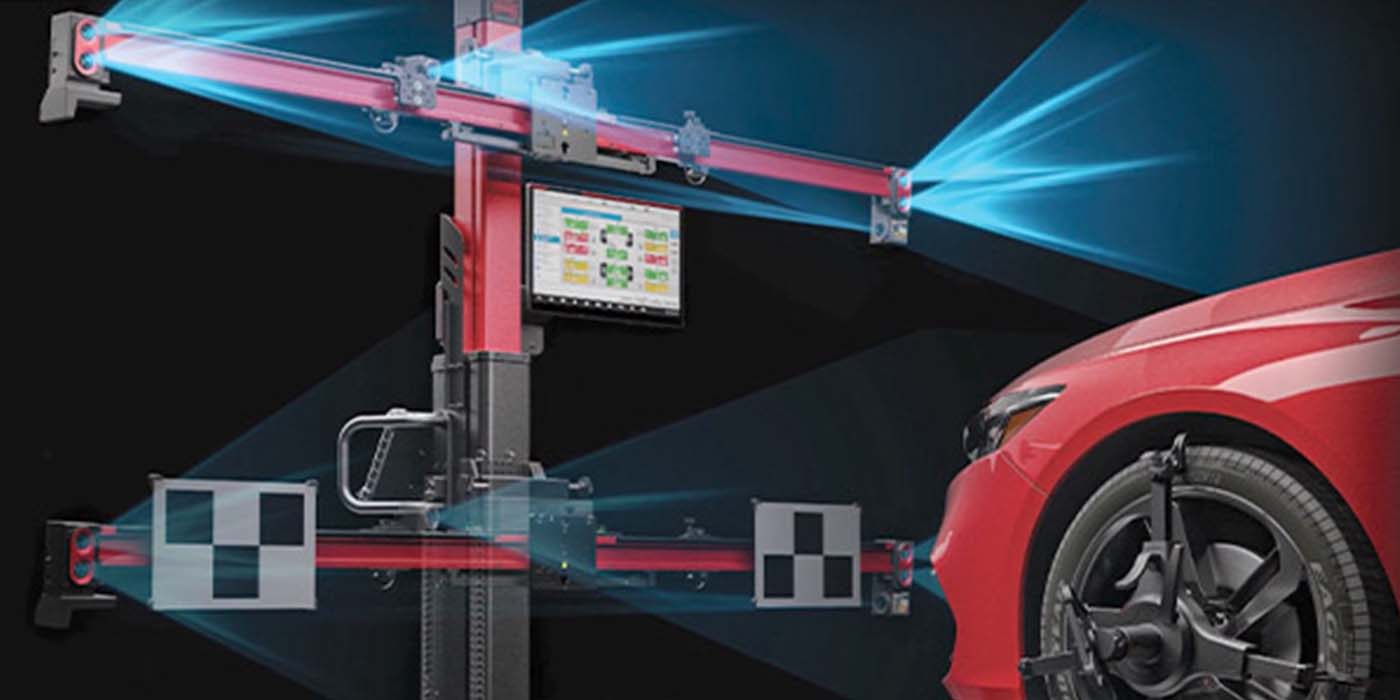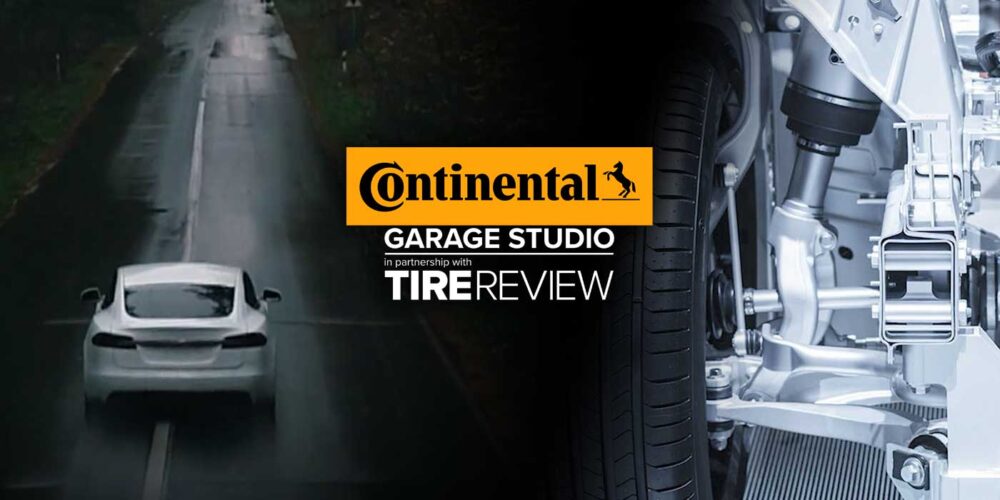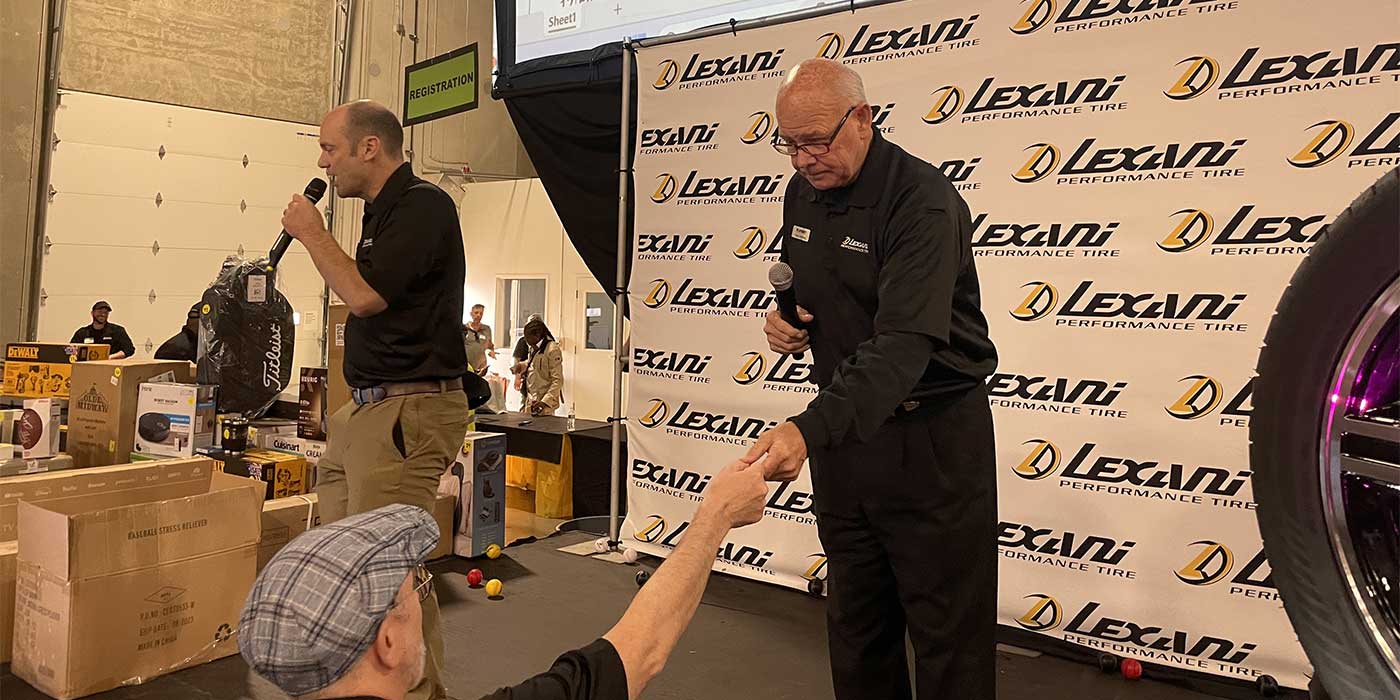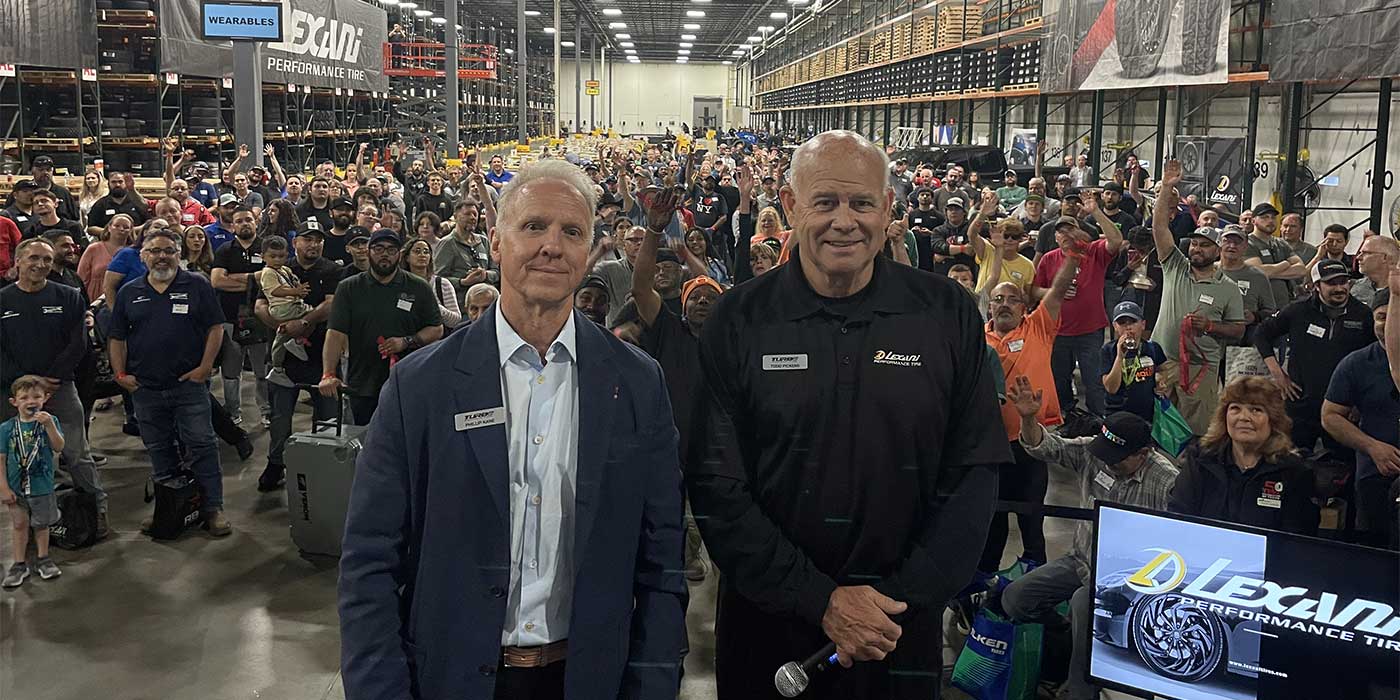Anti-lock brake systems, or ABS, are like the superheroes of your vehicle, swooping in to save the day when you hit the brakes or need extra control. Its mission? Provide traction and stability control. Let’s find out more about how ABS works.
ABS plays a vital role in maintaining vehicle stability and control during braking. It prevents wheel lock-up by modulating the brake pressure on each wheel independently. The ABS controller or modulator then receives brake pressure from the master cylinder and uses valves and solenoids to control the pressure applied to the wheels. The main goal of ABS is to ensure the wheels maintain traction with the road surface, allowing the driver to steer the vehicle effectively.
A basic ABS consists of various components, including the ABS controller or modulator, valves, solenoids and wheel speed sensors. The ABS controller or modulator is the central component responsible for controlling the brake pressure, while valves and solenoids within the modulator regulate the pressures on each wheel. Wheel speed sensors provide crucial data on wheel rotation to the ABS system.
During normal braking, the pressure from the master cylinder passes through the Hydraulic Control Unit (HCU) unaltered. The HCU allows the pressure to reach the wheels, enabling regular braking. If the ABS system detects that a wheel is on the verge of locking up, it enters an active state to prevent wheel lock-up and maintain vehicle stability. The ABS system achieves this by modulating the brake pressure on the affected wheel. When the system senses a locked wheel, it closes the inlet or isolation solenoid, preventing further pressure from reaching the wheel. The wheel may start to turn as a result, but if the wheel doesn’t begin rotating, the outlet or dump valve opens to release the hydraulic pressure holding the wheel. This allows the wheel to rotate freely, preventing lock-up.
Mechanical issues with the HCU are relatively rare but still happen because debris, corrosion, or contaminated brake fluid can cause valve seats and pintles within the HCU to become stuck or not seat properly. If the inlet or isolation valve is stuck open, it only affects the ABS but doesn’t impact regular braking. However, it may lead to a pulling condition during ABS activation. On the other hand, if an outlet or dump valve is stuck open in one circuit, it can cause a pulling condition during normal braking due to the loss of brake pressure at a wheel.
To diagnose potential issues with solenoids or pumps, it is sometimes necessary to perform electrical testing. In some cases, accessing individual solenoids may be challenging, but using a scan tool with bidirectional control can help confirm the condition of the HCU. Most vehicles equipped with electronic stability control (ESC) will have 12 valves or solenoids in the HCU, with eight solenoids dedicated to controlling the wheels and four additional solenoids for blocking off the master cylinder.
The key to ensuring the optimal performance and longevity of ABS systems is regular preventive maintenance. This includes inspecting and cleaning wheel speed sensors, checking the condition of brake fluid and inspecting the ABS controller or modulator for any signs of damage or contamination. Performing these maintenance tasks at recommended intervals can help identify potential issues early on and prevent costly repairs or system failures for your customers.
Don’t forget to follow us on Instagram and Facebook and subscribe to our YouTube channel for more tire, service and shop operations videos.

